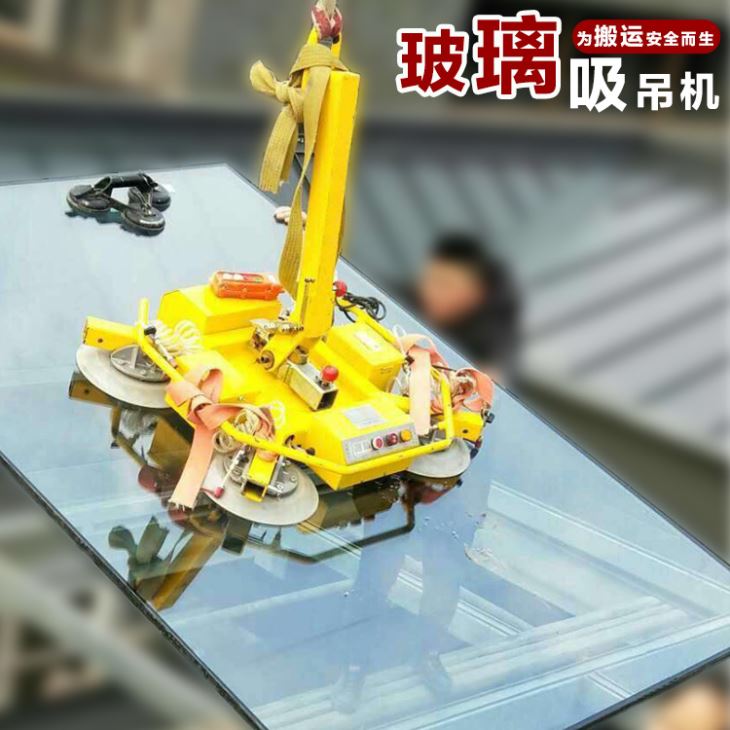
2020-05-26
The vacuum hoist is a fast, safe and convenient automation equipment. It uses the principle of vacuum adsorption by automation technology. It uses a vacuum pump or a vacuum blower as a vacuum source to generate a vacuum at the suction cup end to firmly suck up various workpieces. And the workpiece is transported to the designated position by the rotatable mechanical arm.
Vacuum cranes are almost omnipotent, whether you need to stack boxes, or upload barrels to trucks, or stack metal sheets or wood, or move stone or furniture, use vacuum cranes to move the club It is your better handling solution. Carrying with a vacuum hoist is faster, more ergonomic and safer. For those who have to move heavy objects, investing in a vacuum hoist is an investment in health. It eliminates diseases such as bone and joint strain caused by laborers lifting and unloading heavy objects, and thus improves the motivation and production quality of employees.
Because the vacuum hoist is only a form of spreader, it must rely on the carrier to lift and move objects. For example, cranes, cranes, loaders, excavators, forklifts and self-made cantilevers and supports, etc. The mechanism of the vacuum hoist is composed of the following aspects.
1. According to the shape and weight of the workpiece, the electric suction cup can choose different suction cups, rectangular, irregular shapes (such as parabolic curve, arc, fan, etc.);
2. Equipped with a control unit, which can realize the functions of sucking, lifting and releasing; it can also be equipped with a PC computer to realize automatic control and use it online with other equipment;
3. The lifting unit is flexible, equipped with a lifting tube that can be telescopic, so as to realize the lifting and moving of the workpiece. If it is rigid, it is installed on forklifts and loaders, and the lifting and transportation of workpieces are completed by these equipment;
4. Vacuum pump and vacuum blower, as the source of vacuum, (negative pressure is applied to the vacuum storage tank to maintain the vacuum);
5. The vacuum high-pressure air pipe is used to conduct the air from the air source to realize the transmission of power;
6. Filter the dust and debris from the suction cup (workpiece) to keep the gas inside the vacuum storage clean;
7. In addition, there are control switches and buttons, check valves, sensors and other components, which play related roles.
The above is the relevant content about the structure of the vacuum hoist. I hope that through the above content, everyone has a better understanding and understanding of the vacuum hoist.
